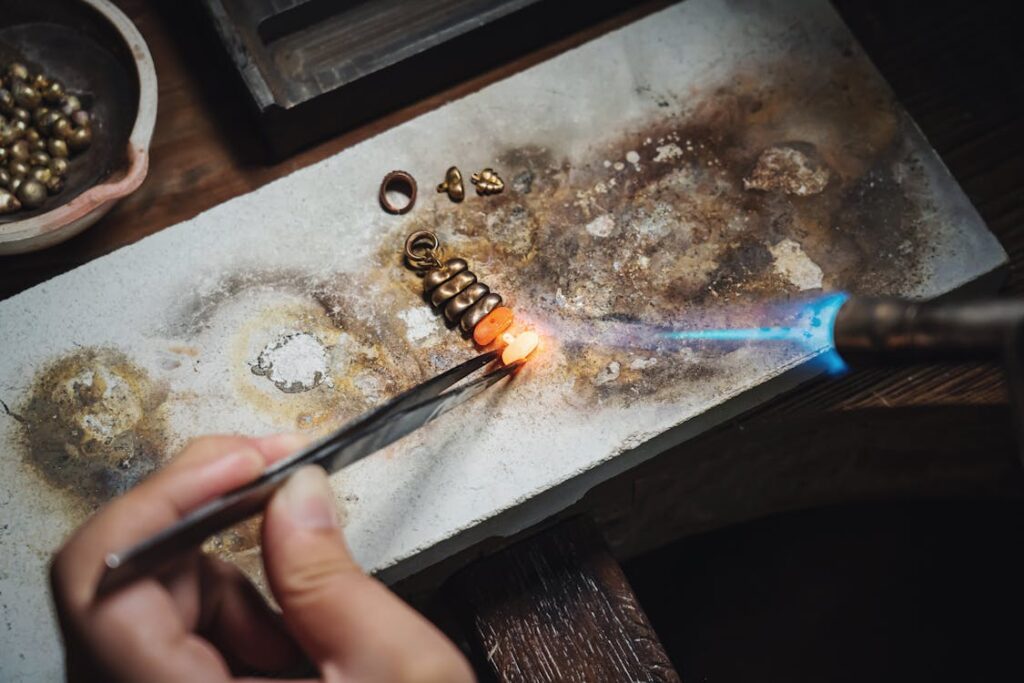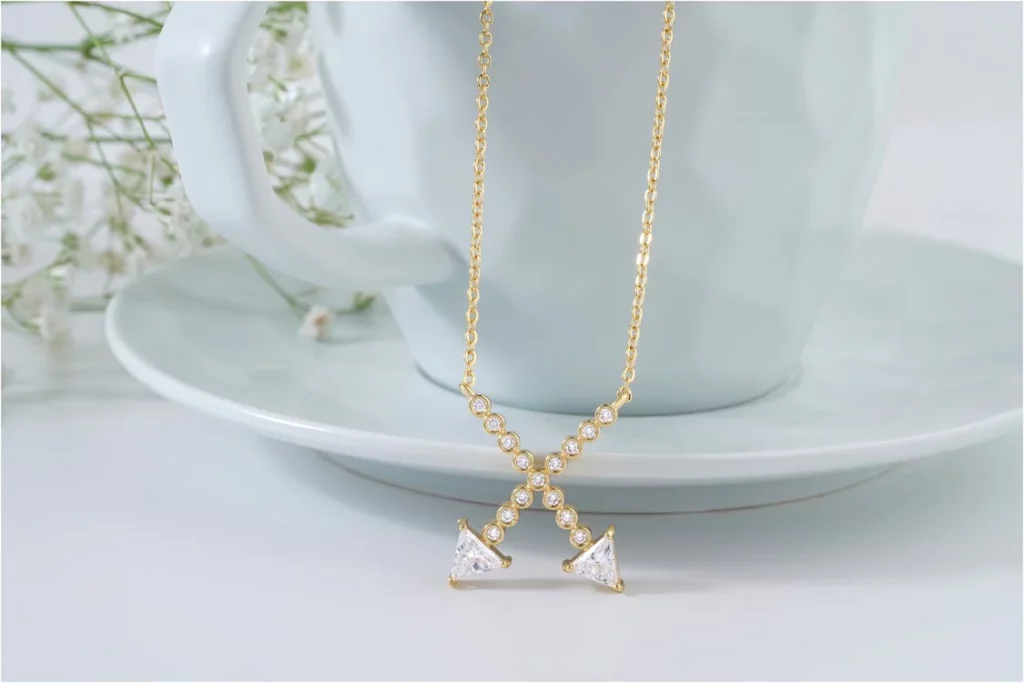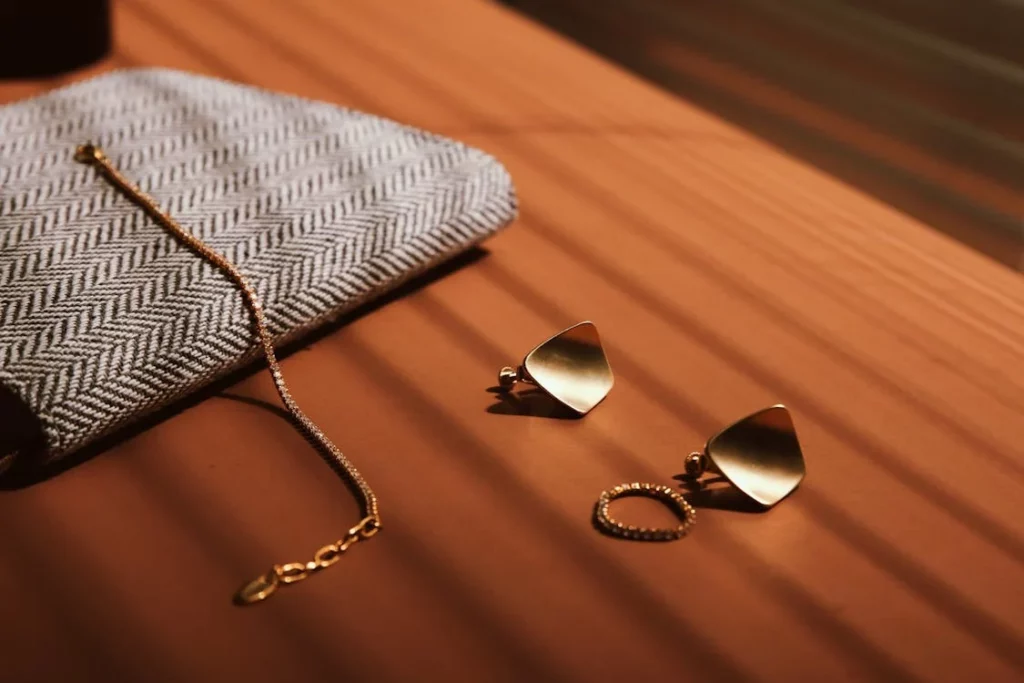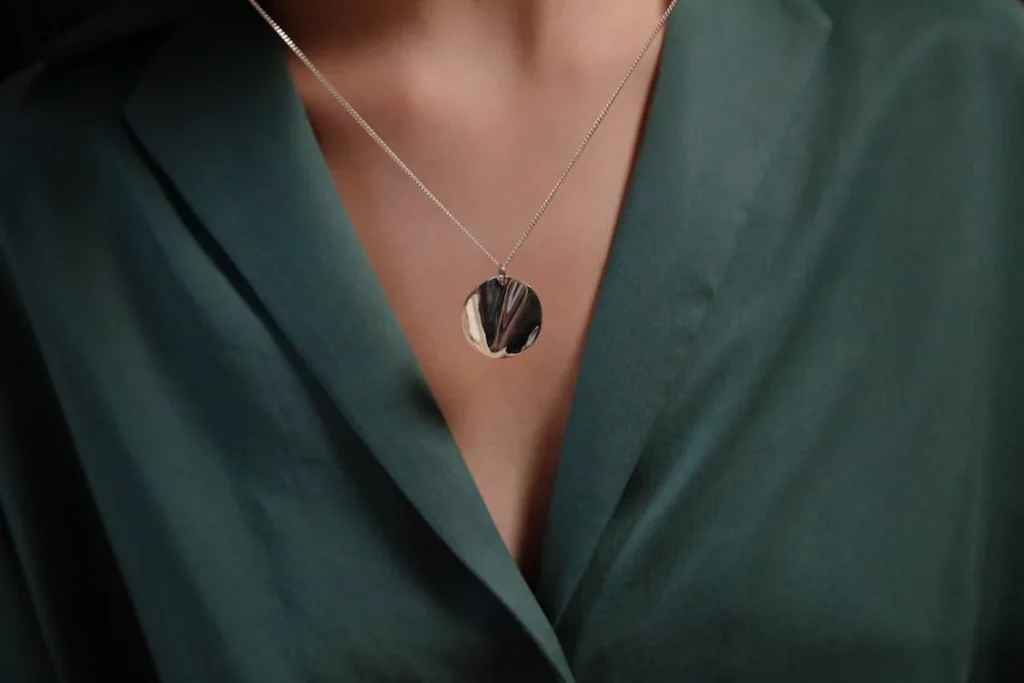The age-old debate between diamonds and cubic zirconia has intrigued gemstone enthusiasts for years. Both gemstones possess a captivating allure that draws people in, but what truly sets them apart? In this article, we aim to explore the key distinctions between diamonds and cubic zirconia, shedding light on their respective charms and characteristics.
Diamond vs. Cubic Zirconia Overview: Which is Better?
| Characteristic | Diamond | Cubic Zirconia (CZ) |
| Composition | Carbon | Zirconium dioxide (ZrO2) |
| Hardness (Mohs Scale) | 10 (hardest natural material) | 8 – 8.5 |
| Refractive Index | 2.42 | 2.15 – 2.18 |
| Brilliance & Fire | Exceptional | High |
| Dispersion (Fire) | High | High |
| Color | Can be various colors | Typically colorless, but can be colored |
| Cost | Expensive | Affordable |
| Durability | Very durable, resistant to scratches and wear | Less durable, prone to scratching and damage |
| Origin | Natural | Synthetic (man-made) |
| Value Retention | Generally retains value | Depreciates rapidly |
| Ethical Considerations | Can be sourced ethically | No ethical concerns |
What is Diamond?
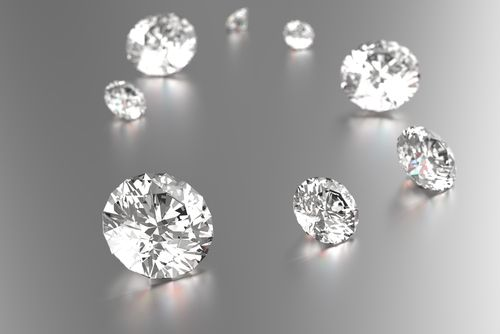
The Formation and Characteristics of Natural Diamonds
Natural diamonds, formed deep within the Earth’s mantle over millions of years, are a marvel of geological history. These precious gems are comprised of carbon atoms arranged in a crystal lattice structure, giving them their unparalleled strength and durability. The unique physical and chemical properties of diamonds, such as their high refractive index and exceptional hardness on the Mohs scale, contribute to their brilliant sparkle and lasting beauty.
Exploring Diamond Grading and Quality Factors
The famous 4Cs – cut, clarity, color, and carat weight – play a significant role in determining the value and quality of a diamond. The precision of the cut, the absence of internal flaws or inclusions, the presence of vibrant colors, and the size of the diamond all contribute to its overall worth. Diamond certification, offered by reputable gemological laboratories, adds an extra layer of assurance and authenticity to a diamond’s value.
The Aura and Symbolism of Diamonds
Throughout history, diamonds have held tremendous cultural and emotional significance. They have been revered as symbols of wealth, power, and eternal love. From engagement rings to other momentous occasions, diamonds have become synonymous with romance and celebration. Their timeless elegance and purity make them an ideal choice for expressing sentiments and showcasing one’s affluence.
What is Cubic Zirconia?
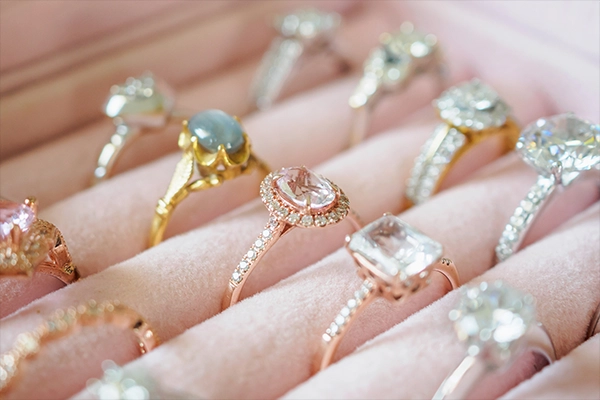
The Synthetic Origins of Cubic Zirconia
Unlike diamonds, which are natural, cubic zirconia is a man-made gemstone created in laboratories. This synthetic material shares a striking resemblance to diamonds due to its crystal structure and composition. Although the production process involves utilizing zirconium dioxide, cubic zirconia offers a more affordable alternative to diamonds while still providing a similar radiance and brilliance.
Analyzing the Appearance and Quality of Cubic Zirconia
When it comes to appearance, cubic zirconia closely mirrors the visual properties of diamonds. However, trained gemologists can distinguish certain optical differences between the two. Cubic zirconia tends to exhibit more fire, or dispersion of light, leading to the dispersion of vibrant colors. Additionally, the coloration of cubic zirconia is often more uniform and free from the subtle nuances found in natural diamonds. While cubic zirconia offers impressive brilliance, its durability falls short compared to diamonds, and it can be prone to scratches and abrasions with wear and tear.
Diamonds Pros & Cons
Pros
- Brilliance: Diamonds exhibit exceptional sparkle and brilliance due to their superior refractive properties.
- Durability: Exceptional hardness; resistant to scratches and damage.
- Rarity: Rare and precious gemstones often symbolizing love and commitment.
- Investment Value: Can hold or appreciate in value, making them an investment choice for some.
Cons
- High Cost: Expensive due to rarity and high demand, making them a premium choice.
- Ethical Concerns: Some diamonds may be associated with unethical mining practices or conflict diamonds (blood diamonds).
- Perfection: Diamonds may have natural flaws or inclusions, impacting their perfection.
- Weight: Heavier than some alternatives, affecting the design and wearability of jewelry, especially in large or intricate pieces.
Cubic Zirconia Pros & Cons
Pros
- Affordability: Significantly more affordable than natural diamonds, making them accessible to a wide range of consumers.
- Brilliance: CZ stones closely mimic the brilliance of diamonds, offering a high level of sparkle.
- Ethical Choice: CZ is a man-made material, and there are no ethical concerns related to its production, such as conflict or “blood” diamonds.
- Customization: CZ can be created in various colors and shapes, providing versatility for jewelry designers and buyers.
Cons
- Durability: CZ is less durable than natural diamonds and may lose its brilliance over time due to wear and abrasion.
- Lower Rarity: CZ is abundant and lacks the exclusivity of natural diamonds.
- Less Symbolic Value: CZ lacks the historical and emotional significance associated with natural diamonds.
- Limited Investment Value: CZ does not have the potential to become a valuable investment.
Diamonds Applications
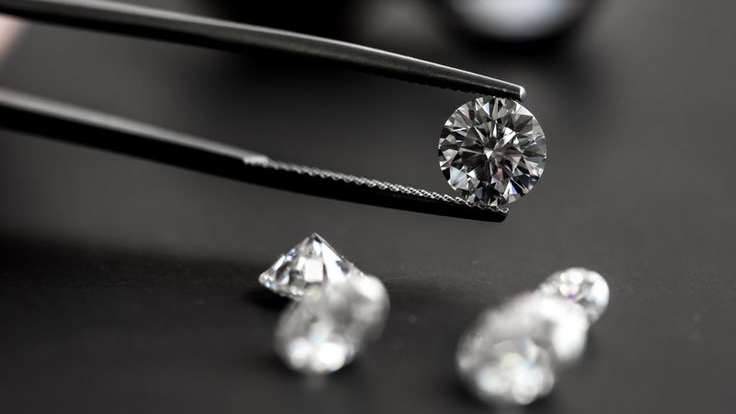
Diamond is a versatile gemstone that has various applications across different industries due to its exceptional properties. Let’s explore some of the major applications of diamonds:
Jewelry
Diamonds are most commonly associated with luxury jewelry. Their brilliance, durability, and rarity make them the preferred choice for engagement rings, necklaces, earrings, and other fine jewelry pieces. The stunning sparkle and timeless elegance of diamonds have made them a symbol of love, wealth, and prestige.
Industrial Cutting and Polishing Tools
Diamond’s hardness and durability make it an ideal material for manufacturing cutting and polishing tools. Diamond blades, drill bits, and grinding wheels are extensively used in industries such as construction, mining, and gemstone processing. These tools enable precise cutting and shaping of a wide range of materials, including stone, metals, glass, and ceramics.
High-Performance Electronics
Diamonds possess exceptional thermal conductivity, making them ideal for applications in high-performance electronics. In electronic devices that generate a significant amount of heat, such as high-power transistors and laser diodes, diamonds are used as heat sinks to dissipate heat efficiently and prevent device failure.
Scientific Research and Instrumentation
Due to its unique optical and thermal properties, diamond is widely used in scientific research and instrumentation. Diamond windows and lenses are utilized in high-pressure and high-temperature experiments, as well as in lasers, spectroscopy, and X-ray studies. Its exceptional transparency to ultraviolet and infrared light makes it invaluable in various scientific applications.
Medical Tools and Devices
Diamond-enhanced surgical tools and instruments are increasingly being used in the medical field. The hardness of diamond enables precise cutting and reduces the risk of contamination during surgeries. Additionally, diamond-coated implants and prosthetics improve biocompatibility, reducing rejection rates and enhancing the longevity of medical devices.
Water Treatment and Purification
Diamonds have the ability to produce reactive oxygen species when exposed to UV light, making them effective in water treatment and purification systems. These reactive oxygen species eliminate harmful bacteria and viruses, making diamond-coated electrodes a reliable and sustainable solution for clean, potable water.
Cubic Zirconia Applications
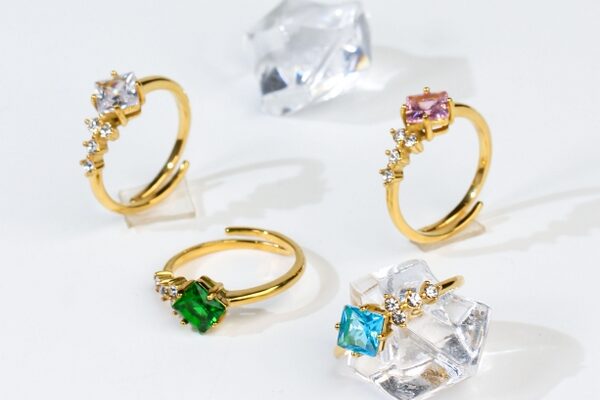
Cubic zirconia (CZ) is a synthetic gemstone that has gained popularity as an alternative to diamonds due to its affordability and visual similarity. While not as durable or valuable as diamonds, CZ is widely used in various applications. Let’s explore some of the common uses of cubic zirconia:
Jewelry
One of the primary applications of cubic zirconia is in the creation of stunning zirconica jewelry pieces. CZ is often used as a diamond substitute in rings, earrings, pendants, and bracelets. Its brilliance and colorless appearance make it an attractive choice for those who desire the look of real diamonds without the hefty price tag.
Fashion accessories
CZ is also used to embellish fashion accessories such as watches, handbags, brooches, and hair accessories. Its affordability allows designers to incorporate an extra touch of elegance into their creations, enabling consumers to enjoy glamorous accessories without breaking the bank.
Simulated diamonds
Due to its highly similar optical properties and appearance, cubic zirconia is commonly used as a simulated diamond in professional and educational settings. Jewelry stores, gemologists, and diamond appraisers often rely on CZ to demonstrate diamond cuts, clarity, and color without the risk of handling or damaging expensive diamond specimens.
Birthstone jewelry
With its availability in a variety of colors, cubic zirconia serves as an alternative birthstone for individuals born in certain months. Used in necklaces, rings, or earrings, CZ offers an affordable way to personalize birthstone jewelry and add a touch of glamour to celebratory occasions.
Costume jewelry
CZ finds extensive use in costume jewelry due to its affordability, allowing manufacturers to create affordable and fashionable pieces to suit various styles and trends. From statement necklaces to antique-inspired brooches, cubic zirconia adds a sparkle that enhances the overall aesthetic appeal of costume jewelry.
Men’s jewelry
While diamonds have traditionally been associated with women’s jewelry, CZ has found a place in men’s jewelry as well. Men’s rings, cufflinks, and tie clips adorned with cubic zirconia offer a sophisticated and masculine touch, providing an alternative to pricier diamond-encrusted options.
Key Takeaway
In conclusion, diamonds, with their natural beauty and enduring symbolism, hold a special place in the world of gemstones, while cubic zirconia offers an affordable alternative with its brilliance and versatility, serving various applications. The choice between the two depends on personal preferences, budget, and the intended use.


